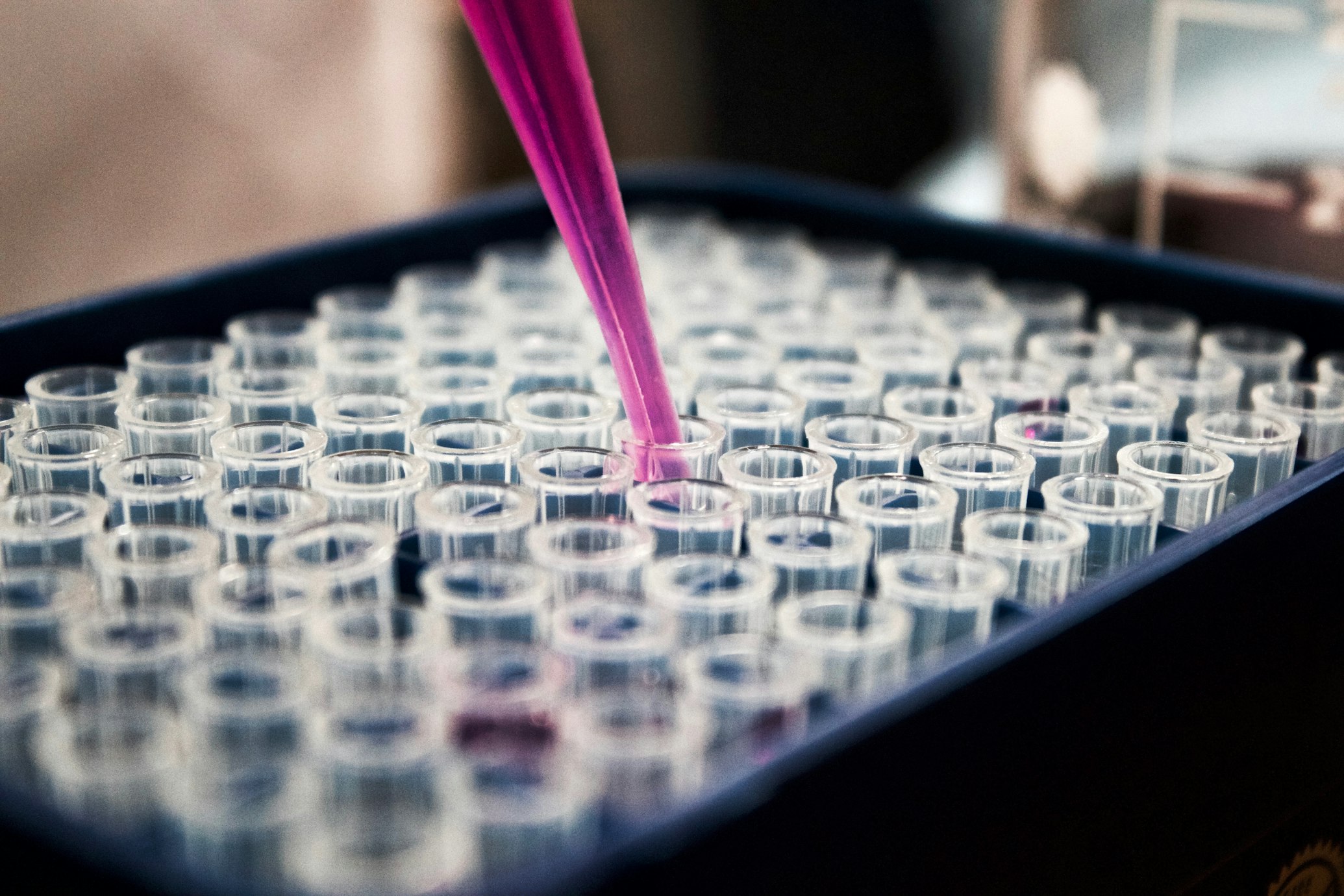Beyond Clots: Platelets as Architects of Atherosclerosis
The Translational Revolution in Cardiovascular Medicine
The Silent Saboteurs in Our Bloodstream
Atherosclerotic cardiovascular disease (ASCVD) remains the leading cause of death globally, claiming over 17.9 million lives annually 1 4 . While cholesterol plaques have long been the focus, groundbreaking research reveals a surprising orchestrator of this devastation: platelets. These tiny, anucleate cell fragments—once considered simple "band-aids" for bleeding—are now recognized as master regulators of vascular inflammation, plaque instability, and thrombosis. Modern translational science is leveraging these insights to develop revolutionary diagnostic and therapeutic strategies that extend far beyond traditional blood thinners 1 6 9 .
Platelets are emerging as the unexpected conductors of the atherosclerotic orchestra, coordinating inflammation, thrombosis, and vascular remodeling in ways we're only beginning to understand.
Platelets Unleashed: More Than Just Clot Formers
The Dual Nature of Platelet Function
Platelets exhibit a fascinating duality in cardiovascular health:
Thrombotic Executioners
Upon endothelial injury (e.g., plaque rupture), platelets adhere via collagen receptors (GPIa/IIa, GPVI) and von Willebrand factor (vWF), triggering activation. This cascade involves:
Table 1: Platelet Roles in Atherosclerosis Progression
| Stage | Platelet Action | Consequence |
|---|---|---|
| Early Lesion | Adhesion to activated endothelium; Release of chemokines | Monocyte recruitment; Foam cell formation |
| Plaque Growth | Release of growth factors (PDGF, VEGF) | Smooth muscle proliferation; Angiogenesis |
| Plaque Rupture | Exposure to subendothelial collagen; Degranulation | Thrombus formation; Vessel occlusion |
| Post-Event | Microparticle release; Signaling to stem cells | Tissue remodeling; Regenerative repair |
The Double-Edged Sword of Therapeutic Targeting
Conventional antiplatelet drugs (e.g., aspirin, clopidogrel) effectively prevent thrombosis but increase bleeding risk. This paradox arises because they indiscriminately block platelets' protective hemostatic functions alongside pathological thrombotic/inflammatory pathways 2 5 . Novel strategies aim to dissect these roles by targeting:
- Specific receptors (e.g., GPVI for collagen signaling)
- Downstream signaling nodes (e.g., TRAF6 in inflammation)
- Spatiotemporal activation patterns (e.g., ROS-responsive delivery) 6 7

Figure 1: Platelet aggregation at a site of vascular injury (Science Photo Library)
Spotlight Experiment: The Programmable Platelet Theranostic Platform
The Scientific Breakthrough
A landmark 2025 study published in Nature Communications engineered platelets to deliver targeted combination therapy to atherosclerotic plaques while enabling real-time MRI monitoring 7 . This approach addressed two critical gaps:
- Poor drug penetration into thick fibrous plaques
- The need to simultaneously combat oxidative stress and inflammation
Methodology: Step-by-Step Engineering
Drug Loading
- Antioxidant Component: Mn₃O₄ nanozymes (ROS scavengers) loaded into mannose-modified human serum albumin (Mn@mHSA)
- Anti-Inflammatory Component: TRAF6 inhibitor (TI) encapsulated in HSA (TI@mHSA) to block macrophage activation
Assembly
- Mn@mHSA and TI@mHSA crosslinked via ROS-cleavable thioketal (TK) linkers
- Constructs anchored to platelet surfaces forming "platelet-nano assemblies"
Delivery & Activation
- Intravenous injection into ApoE⁻/⁻ mice with advanced atherosclerosis
- Platelets home to plaque sites via innate injury-sensing mechanisms
- Plaque ROS cleaves TK linkers, releasing ultra-small (<20 nm) protein blocks
- Blocks penetrate fibrous caps and are internalized by macrophages
Table 2: Key Research Reagent Solutions in the Theranostic Platform
| Reagent | Function | Translational Advantage |
|---|---|---|
| Thioketal (TK) linker | ROS-cleavable crosslinker | Preferential drug release in high-ROS plaque microenvironments |
| Mannose-modified HSA | Drug carrier with macrophage targeting | Enhances uptake by mannose receptor-positive plaque macrophages |
| Mn₃O₄ nanozymes | Multifunctional catalysts | Scavenges H₂O₂, O₂⁻, OH⁻; Provides MRI contrast via Mn²⁺ ions |
| TRAF6 inhibitor (TI) | Immunomodulator | Blocks CD40L-CD40-TRAF6 signaling axis, reducing inflammation without immunosuppression |
Results & Analysis: A Triple-Action Success
- Targeting Efficiency: 8.7-fold higher plaque accumulation vs. free drugs
- Therapeutic Outcomes:
- 68% reduction in plaque ROS (vs. controls)
- 52% decrease in macrophage activation markers (TNF-α, IL-6)
- 40% reduction in plaque size; Increased fibrous cap stability
- Diagnostic Capability: T₁-weighted MRI signal enhanced by 300% at plaque sites
Table 3: Experimental Outcomes vs. Conventional Treatments
| Parameter | Programmable Platelets | Free Drugs | Aspirin + Statin |
|---|---|---|---|
| Plaque Penetration Depth | >200 µm | <50 µm | Not applicable |
| Oxidative Stress Reduction | 68% ↓ | 22% ↓ | 30% ↓ |
| Inflammatory Cytokines | 52% ↓ | 15% ↓ | 35% ↓ |
| Bleeding Risk | Unchanged | N/A | Increased 2.1-fold |
Why This Matters
This platform merges natural platelet homing ability with engineered intelligence for microenvironment-responsive drug release. It exemplifies "theranostics"—therapy + diagnostics—enabling real-time treatment monitoring 7 .

Figure 2: Laboratory research on platelet-based therapies (Unsplash)
Beyond Aspirin: The Next Generation of Antiplatelet Strategies
Novel Pharmacological Targets
GPVI Inhibitors
Block collagen-mediated platelet activation without impairing hemostasis 4
P2Y₁₂ Allosteric Modulators
Fine-tune ADP signaling to reduce thrombosis while preserving clotting capacity 3
Non-Pharmacological Approaches
The Future: Platelets as Healers, Not Just Harmers
Emerging research flips the platelet paradigm, exploiting their regenerative potential:
- Tissue Repair: Platelet-derived growth factors (e.g., VEGF, PDGF) accelerate endothelial healing post-injury 1
- Regenerative Drug Delivery: Engineered platelets deliver pro-healing miRNAs to damaged vasculature 9
- Personalized Profiling: Mass cytometry quantifies platelet receptor phenotypes to predict thrombosis risk and guide therapy 6
The future of antiplatelet therapy lies in discriminating pathological versus protective platelet functions—not blanket suppression. 2
Current Limitations
- Bleeding risks with conventional therapies
- Limited plaque penetration of drugs
- Difficulty monitoring treatment efficacy in real-time
Future Directions
- Precision targeting of pathological pathways
- Combination theranostic approaches
- Personalized antiplatelet regimens
Conclusion: From Villains to Therapeutic Heroes
Platelets' evolution from mere clot formers to central mediators of atherosclerosis underscores a translational revolution. Innovations like the programmable platelet platform highlight how engineering natural systems can achieve precision targeting previously deemed impossible. As we decode the platelet's full repertoire—from inflammation architect to regeneration catalyst—we move closer to therapies that treat atherosclerosis without trading one catastrophe (heart attack) for another (bleeding). The next decade promises not just incremental improvements, but a fundamental reimagining of platelet-directed cardiovascular medicine 1 6 7 .

Figure 3: The future of platelet-based therapies in cardiovascular medicine (Unsplash)